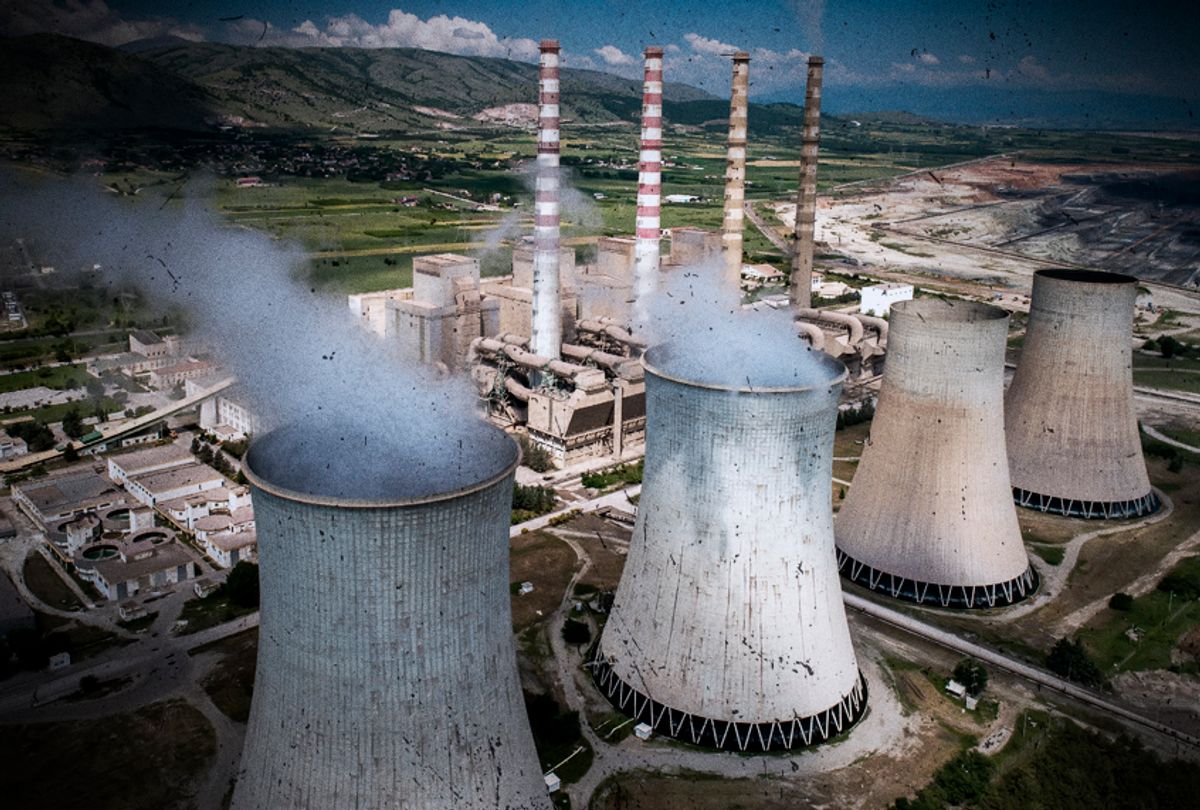The progress of a Department of Energy program to clean up the nation’s most dangerous nuclear waste sites appears to be slowing down even though it’s still devouring billions of dollars.
That discouraging picture emerges in the latest report by the federal Government Accountability Office on the long-running cleanup effort. Launched in 1989, it was designed to clean up 107 sites engaged in research or production of enriched uranium or plutonium for making nuclear weapons.
Cleanup work at 91 of the Cold War-era sites is finished. But the remaining 16 pose the greatest health risks — especially those with underground storage tanks leaking highly radioactive waste.

Testifying last week before the House Subcommittee on Oversight and Investigations, a GAO official said that for reasons that are unclear, estimated cleanup costs at the 16 ”biggest and scariest sites” have increased by $214 billion despite the Department of Energy (DOE) spending $48 billion since 2011.
David C. Trimble, the GAO’s director for natural resources and the environment, said the soaring costs ”are getting worse as the growth in cleanup liabilities vastly outpaces [the DOE’s] ability to reduce them.”
DOE officials are trying to pin down the reasons for delays and cost overruns, Trimble said, “but they haven’t finished their ‘root cause’ analysis.”
Rep. Jan Schakowsky (D-Ill.) asked Trimble and Ann Marie White, director of the DOE’s Office of Environmental Management how they would “explain to the taxpayers this astonishing cost increase when the number of cleanup sites hasn’t changed.” White replied that the 56 million gallons of radioactive liquids and sludge in the underground tanks at the immense Hanford Nuclear Reservation in southeastern Washington are driving “much of the increase.”
But the GAO has cited other problems, too, including DOE providing Congress with inconsistent and misleading information. For example, Trimble said, legislation passed in 2011 required DOE to annually report on its funding needs, but the reports have been submitted in only two of the years since.
“So, what are [the taxpayers] buying for all this money?” Rep. Joseph P. Kennedy (D-Mass.) asked, observing that the latest estimate to complete the work at all 16 sites has reached $377 billion.
Rep. Ann M. Kuster (D-N.H.) pointed out that, besides costs, the risk of accidents or sabotage at the 16 sites only increases with time. And Trimble drew an analogy to a type of mortgage popular during the housing bubble of the early 2000s.
By spending billions to contain radioactive soil, water, and nuclear materials at their sites of origin without a path to completing cleanups, “There’s a danger that, at some point, the dynamic starts to look like an interest-only loan that doesn’t require you to pay down the principal amount of the loan,” Trimble said.
Trimble said he was encouraged by DOE’s willingness to accept management improvements recommended by GAO
But Ed Lyman, acting director of the nuclear safety project for the Union of Concerned Scientists, told Fair Warning that “GAO issues one report after another about DOE’s mismanagement of the nuclear cleanup program but the reports don’t seem to move the ball.”
Pointing out that the experiments to condense and vitrify (or turn into glass) the liquid wastes at Hanford and Savannah River, S.C., “have not been going well,” Lyman added that the long disposal delays leave the safety of the sites in a nether world of “borrowed time.”
Besides Hanford, where cleanup activities are expected to continue at least until 2070, and the Savannah River Nuclear Reservation, which will keep producing radioactive tritium during its cleanup, some of the other, major sites among the 16 left to clean up include the World War 2-era facility in Oak Ridge, Tenn.; and the gaseous diffusion plants in Piketon, Ohio and Paducah, Ky.: formerly principal source of enriched uranium.




Shares